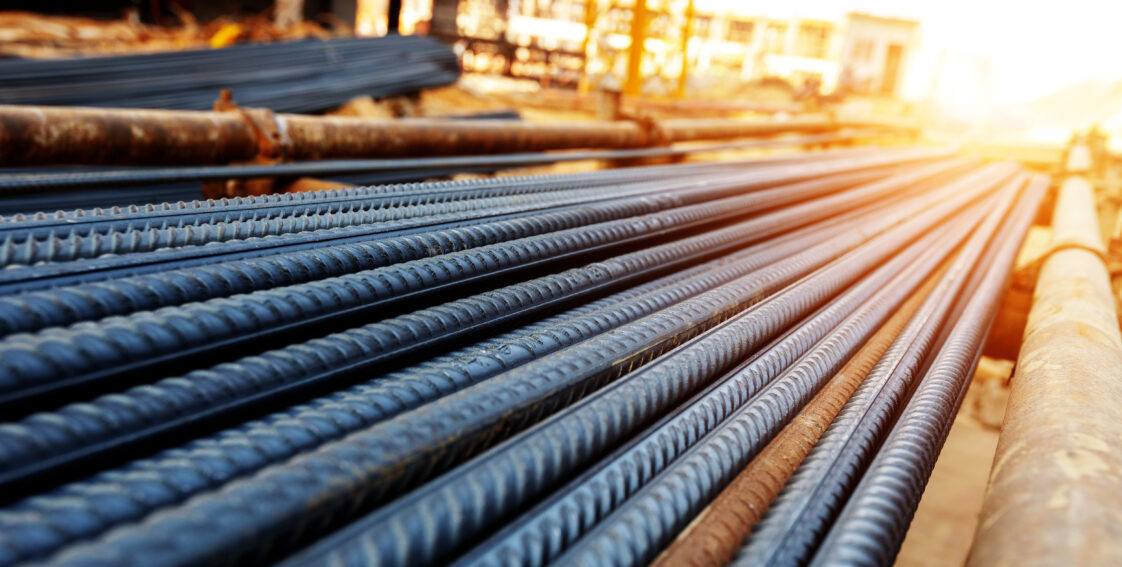
Steel Standards Explained
There are four main types of steel: carbon, alloy, stainless, and tool steel. Each type is also separated into different grades. Existing steel standards in the industry help classify these grades. Keep reading to learn more about the different types of steel, as well as the industry’s current standards.
Types of Steel
Carbon steel, alloy steel, stainless steel, and tool steel all have unique characteristics and are used for different applications.
Carbon Steel
This type of steel features iron, carbon, and manganese as its only major elements. It has only minute amounts of other elements. Carbon steel is less expensive to manufacture, so it is often used for applications where a huge amount of steel is required and carbon steel properties are sufficient (e.g. construction jobs).
Alloy Steels
There are many commercially available alloy steels. These alloys include other elements like nickel and chromium in addition to iron, carbon, and manganese. Alloy steels are usually created with the objective of either strengthening the steel or increasing its resistance to corrosion.
Stainless Steel
Stainless steel is technically a type of alloy steel, but it is often considered to be different due to its importance and popularity. The major alloying element in stainless steel is chromium, which is the element that increases the alloy’s resistance to corrosion.
Tool Steel
Tool steels are also technically a type of alloy steel. The alloying elements used in tool steel include tungsten, cobalt, molybdenum, and vanadium. These elements increase the steel’s wear, impact, and heat resistance making it the perfect metal for heavy-duty tools.
ASTM Grading System
Now that you know about the four main types of steel, it’s important to understand how they’re graded. The American Society for Testing and Materials(opens in the American Society for Testing and Materials site in a new tab) (ASTM) grades steel based on its specific characteristics and applications. The ASTM’s grading system assigns different types of steel grades with a letter (A for ferrous) along with a random number.
The ASTM grades are important because they allow people to quickly and easily compare steel products. ASTM publishes it’s standards, so you can look up the specifics of every grade if you need more information.
SAE’s Steel Standards
The Society of Automotive Engineers (SAE) has its own grading system. In this system, SAE assigns numbers based on the elements in the alloy. The first number is the main element in the alloy and the second number represents top grade, or tg, elements. The percentage of carbon by weight is represented in the last two digits.
The SAE publishes its standards, so you can look up the specifics of every grade if you need more information.
Tips for Choosing the Correct Steel Grade
The most important thing to keep in mind when looking at a steel product is which grading system the listing uses. Once you’ve identified which system is being used, you should look up the grading in the appropriate reference manual. This way, you will know every detail of the steel’s chemical composition.
Have Questions About Steel Standards?
King Steel Corporation offers steel solutions and products to manufacturers across the United States. With over 50 years of experience, you can count on us to further explain steel standards and help you choose the right steel grade for your application.
You can read more about our services here. If you want to learn more about our steel products, or request a consultation with one of our team members, call (888) 273–8299 or fill out our online form today.